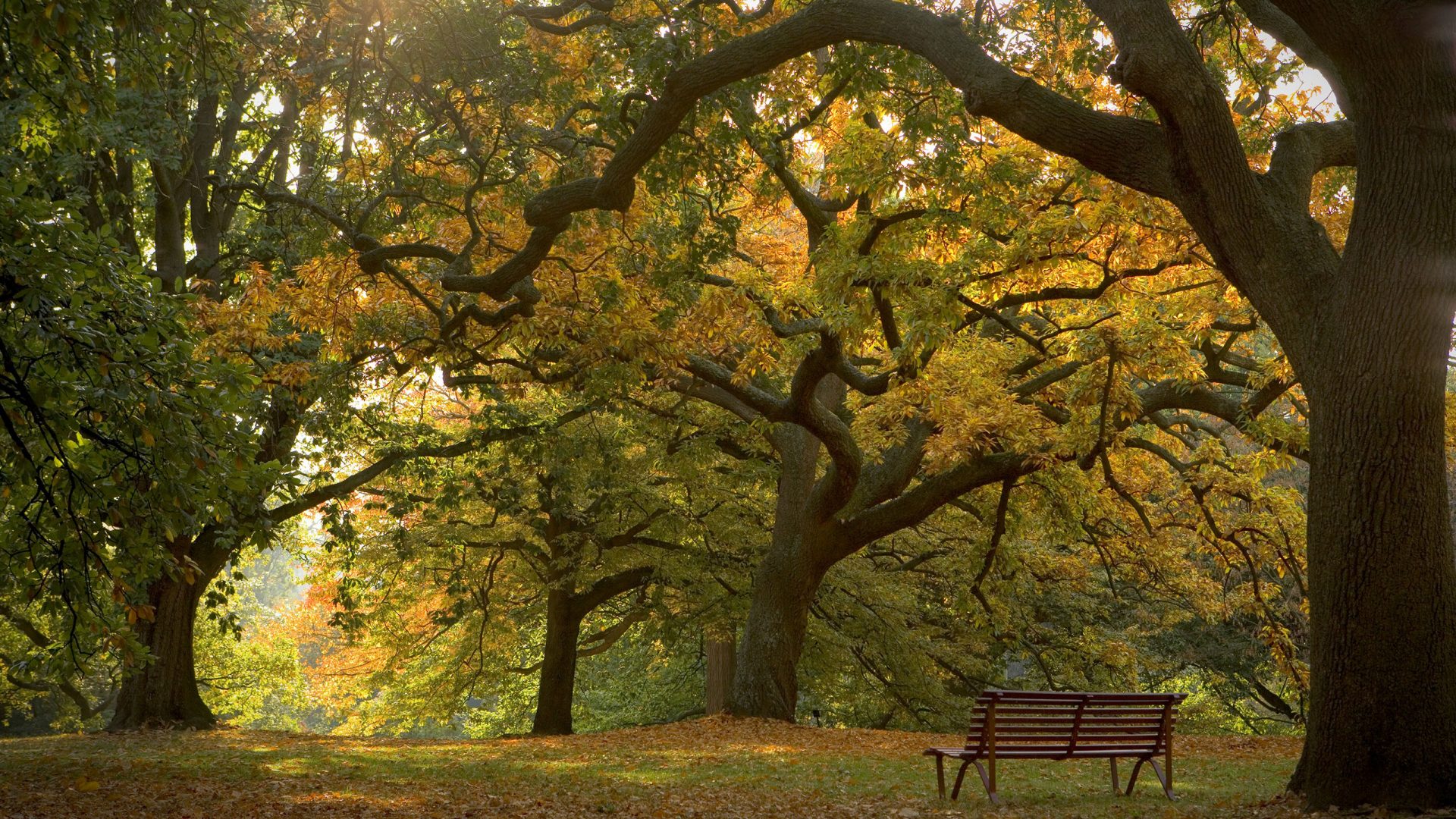In late November 2010, rain began falling in Queensland. By January 2011, floods had impacted 75 per cent of the state. Thirty-three people lost their lives. Nearly 6,000 people were evacuated from 3,600 homes. In Brisbane, I watched a beautiful old garden at the end of my street disappear under 3 m of flood water. It stayed under water for three days. That stunning old garden was once full of flowering shrubs, orchids and unusual old plants but was now just a muddy mess, slowly rotting and dying. I knew if I could get in there, I could save the garden. Sadly, the elderly owners never returned, and I did not get to ask for permission to clean up their garden. Instead, it became a sad space. The new owners were not gardeners. They pulled out weeds and planted bamboo. In the aftermath of the 2022 floods the government bought back this property and it is now just grass. I can certainly understand that people might not want to live in a house that floods like that, but I still miss that beautiful garden.
That garden did inspire me to get busy helping as many people as I could in the aftermath of the 2011 floods. I gathered a team of volunteers and we worked to help restore more than 150 gardens. We washed plants (sometimes scrubbing mud off leaves with soapy water and a nail brush), we added soil microbes, we mulched (and mulched and mulched!!!), we weeded and planted. All the while we were naively thinking we were recovering from a natural disaster, the likes of which we would never see again.
Unfortunately, while flooding has always been a reality in Australia, climate change is adding an extra level of unpredictability into our already rather changeable weather. As our population grows and development continues, more and more people are finding themselves living in a flood-prone area. More than that, the location of those risky areas are is changing. Development within flood plains displaces the flood water, and that water has to go somewhere. For some areas, flood levels are higher due to this displacement, for others they are now flooded when they were not previously. Add to this more extreme weather events and where the water is coming from, and we are seeing more and more people affected. The 2022 floods in Brisbane took so many people by surprise for exactly that reason. Their property had never flooded before and was not on any flood map.
You’d think the only way to be very sure that you will never have to face flooding is to live on a big hill. But residents of Mt Tamborine on the Gold Coast hinterland can tell you otherwise: they were hit by a ‘tornado’ on Christmas Day 2023 and further terrible storms and associated flooding in January 2024.
Any gardener who has had the heartache of watching their garden disappear under muddy flood waters will know that recovering their precious garden after the water has receded is not easy. I can personally attest to just how much hard work it is. It is essential to get the sticky mud off leaves of plants so they can photosynthesise. And soil, if left to dry out without protection, will set like concrete: hence all that mulching. Flood plains are naturally very fertile places with wonderful soil. But in a garden, a bit of help is needed to turn that awful silt into amazing soil and to save our beloved garden plants, most of which did not evolve on floodplains!
After working in so many flooded gardens, and during multiple major floods, I have been able to work out the best ways of repairing these gardens, saving plants – without the backbreaking effort. I also know that it is extremely worthwhile.
When the world has turned to mud around you, there is nothing like a fresh green shoot and a new flower to lift the spirits and help you keep going.
None of the gardens we helped were as beautiful as the one at the end of my street had been, but they were all special to their gardener, they were all worth saving. The new growth we were able to coax forward put smiles on the faces of so many people who were struggling. That made all our efforts worthwhile.
I have put together all this experience and information into a free e-book, Gardening After A Flood. I know recovering from disaster is challenging and uncertain, so it was important to me that this book be readily available and always free. I can’t be there to help everyone I would like to in person, but I hope this e-book reaches as many people who may need it as possible and helps them to save their gardens and lift their spirits.
Please do download and share this free book: https://katewall.com.au/gardening-after-a-flood.
This article is one of a series prepared for a project, Antipodean historic gardens and climate change, partly funded by a grant from the international charity, the Historic Gardens Foundation.



Leave a Reply
You must be logged in as a member to post a comment.